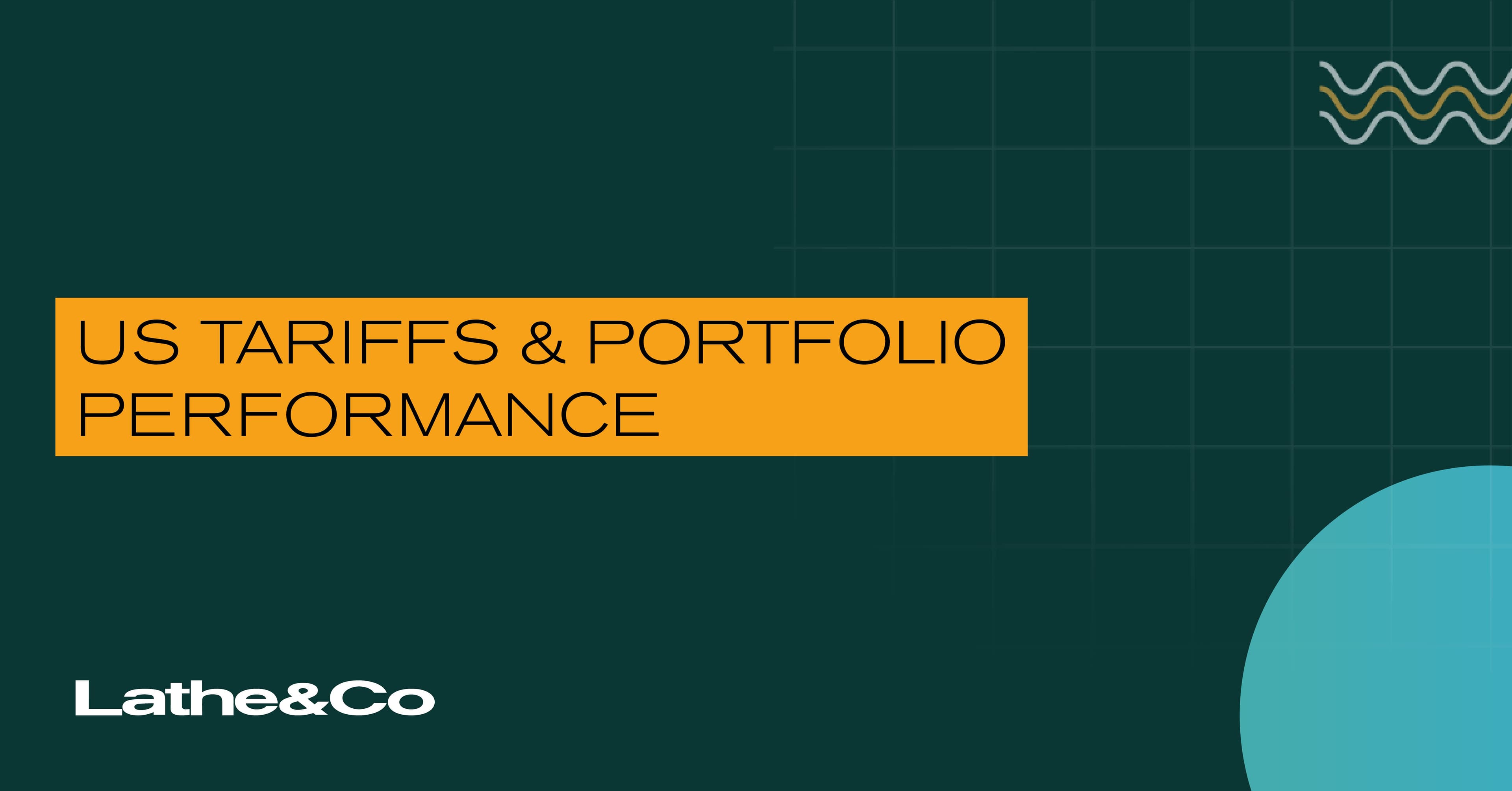
Q3 2022 Macro Commentary
20/10/2022
Global Markets
Rising inflation and interest rates were once again the dominant themes driving market performance during the quarter. A ‘bear market rally’ faced headwinds late in the quarter as central banks reiterated their intention to curb inflation and continue hiking rates. A weakening pound sterling vs the US dollar provided cushioning for unhedged equity investors – MSCI World was up 2.1% on the quarter in sterling terms, but down 4.4% when excluding currency impact.
US equities ended the quarter down 4.9% in local terms after the Fed announced that it would continue to tighten monetary policy to tackle high inflation. This erased the strong gains that were experienced earlier in the quarter. Developed market equities more generally followed a similar path, erasing much of the quarter’s earlier gains. The European Central Bank and the Bank of England (BoE) continued their hawkish stance with the BoE base rate rising to 2.25%. UK equities struggled over the quarter (down 2.7%) as investor confidence waned amid continued high inflation and recessionary fears. Sentiment was hurt further by a poorly received fiscal plan announced by the UK government in September.
Emerging markets underperformed and ended the quarter down 8.2% in local terms, against a backdrop of slowing global growth, heightened inflationary pressure, and rising US interest rates.
Chinese equities – which were the primary contributor to the decline in broader emerging markets – continued to perform poorly, falling 18.2% in local terms over the quarter, as the country battles its ongoing property crisis and pursues its zero-covid policy.

Equity Styles
The Momentum factor marginally outperformed the broader market over Q3, whilst Value and Quality underperformed. This is a rotation from the first half of the year, when Value was the best performing style factor.
At the broader Index level, companies that were classified as Value are now also screening as Momentum as a result of the strong price performance seen in some of those Value companies over the last 12 months. Price inertia in the higher growth area of the market fizzled out off the back of valuation compression.

Inflation
Inflation remained elevated across the globe and continues to drive Central Bank policy and market expectations. UK CPI rose to 10.1% year-on-year in July’s print, its highest level for 40 years, before falling slightly to 9.9% in August. US CPI also saw year-on-year inflation start to decline after June’s 9.1% print and dropped to 8.3% in August.
Eurozone inflation has continued to accelerate in Q3 and September’s figure is expected to rise to 10%, a new high for the 11th consecutive month. The war in Ukraine and lower Russian gas supplies has held energy prices elevated, which has forced drastic intervention from European governments to shield consumers and businesses from higher prices.
Fixed Income
Government bonds experienced volatility over Q3. Hawkish policy from Central Banks around the globe led to a continued rise in interest rates. In the UK, sovereign bonds underperformed most other global government bond markets as Gilt yields soared toward the end of the quarter. Initially triggered by the UK’s ‘mini-budget’ announcement including unfunded tax cuts, the issue was exacerbated by UK Defined Benefit pension schemes, (many of which were forced sellers of Gilts, in order to make collateral calls).
The Bank of England intervened to stabilise the market with a temporary Gilt purchase operation, trying to stop yields from spiking even higher. In corporate credit, investment grade and high yield both started the quarter well. However, this trend reversed following the Jackson Hole Economic Symposium, where the Fed Chair stated that they would not shift course from raising rates even if that means slower growth in the US for a “sustained period”.
Recent in markets


